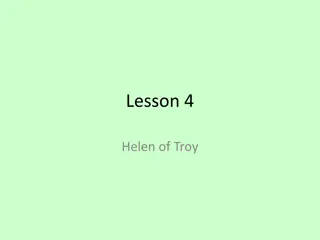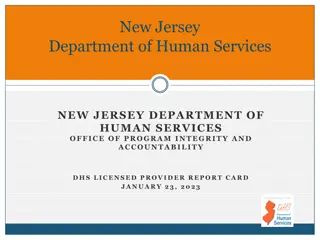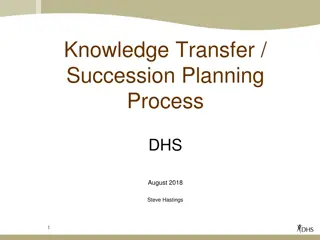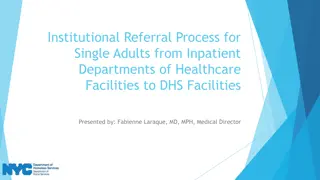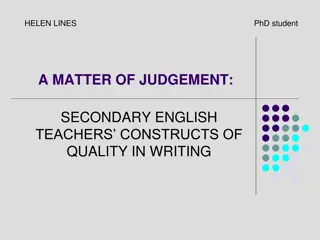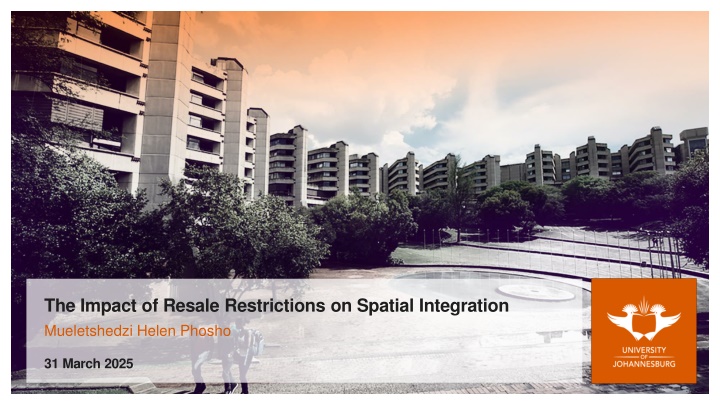
Impact of Resale Restrictions on Housing Spatial Integration
Explore the implications of resale restrictions on housing spatial integration, delving into the unintended consequences and impacts on low-income households. Discover recommendations for policy adjustments to enhance mobility without compromising affordability.
Download Presentation

Please find below an Image/Link to download the presentation.
The content on the website is provided AS IS for your information and personal use only. It may not be sold, licensed, or shared on other websites without obtaining consent from the author. If you encounter any issues during the download, it is possible that the publisher has removed the file from their server.
You are allowed to download the files provided on this website for personal or commercial use, subject to the condition that they are used lawfully. All files are the property of their respective owners.
The content on the website is provided AS IS for your information and personal use only. It may not be sold, licensed, or shared on other websites without obtaining consent from the author.
E N D
Presentation Transcript
The Impact of Resale Restrictions on Spatial Integration Mueletshedzi Helen Phosho 31 March 2025
Introduction Housing policies and legislation play a crucial role in shaping the spatial structure. They influence settlement patterns, access to economic opportunities, and social mobility. There has been significant progress in housing legislation, transitioning from the apartheid-era policies of racial segregation to using housing as a tool for spatial integration. However, despite efforts to promote integration, some policy mechanisms may inadvertently reinforce spatial divisions. Sections 10A of the Housing Amendment Act impose an eight-year resale restriction on subsidized housing. 2
Sections 10A Key Provisions: Beneficiaries cannot sell their homes within the first 8 years unless approved by the government. The property must be offered back to the state. The person vacating the property does not get any form of payment. However, that person will still be eligible for getting another state-subsidized property if he/she qualifies. Aims to preserve affordability and ensure long-term housing stability for low- income households. 3
Emerging Question Does this restriction help spatial integration or reinforce segregation? 4
The Unintended Consequences of Resale Restrictions Limited Beneficiary Mobility Restricts homeowners from relocating closer to economic opportunities. Limits flexibility in responding to job changes, family needs, or better schooling. Reinforcing Spatial Segregation Subsidized housing is often located on urban peripheries. Restrictions trap beneficiaries in isolated areas, reducing spatial integration. Growth of Informal Market Activity Homeowners bypass restrictions through off-the-record sales and rentals. This leads to unclear ownership rights and reduces tenure security. 5
The Impact on Spatial Integration Efforts Locking Low-Income Households in Specific Areas Limited ability to move into well-located, opportunity-rich areas. Perpetuates apartheid-era spatial patterns. Reducing Housing Market Fluidity Fewer resale opportunities mean low-income housing remains static. Weakens the ladder of housing mobility, preventing upward movement. Contradiction with Urban Integration Policies Government policies promote spatial transformation, but resale restrictions work against these goals. How can policy adjustments improve mobility without sacrificing affordability? 6
Recommendations Graduated Resale Restrictions Instead of a fixed 8-year restriction, implement a tiered system After 3 years, homeowners can sell at a regulated price (e.g., only to other qualifying low-income buyers). After 5 years, partial resale is allowed, but a portion of the appreciation must be returned to the state to reinvest in affordable housing. After 8 years, full resale could be permitted, but with affordability safeguards (e.g., resale to government-approved buyers). State-facilitated buyback Program Government repurchases subsidized homes at a fair price. Homes are resold or reallocated to new qualifying beneficiaries. Prevents informal sales and ensures state investment benefits multiple households over time. Prioritizing Well-Located Subsidised Housing Future subsidized housing projects should be closer to jobs, transport, and services. Incentivize public-private partnerships to develop mixed-income housing in better-located areas. Supports long-term spatial integration rather than restricting movement through resale bans 7
Conclusion Resale restrictions under Sections 10A & 10B aim to prevent speculation and preserve affordability. While they stabilize low-income housing markets, they also limit spatial integration and mobility. Restrictions can reinforce spatial segregation by keeping beneficiaries in peripheral locations. Informal sales and rentals emerge as unintended consequences, reducing policy effectiveness. 8



